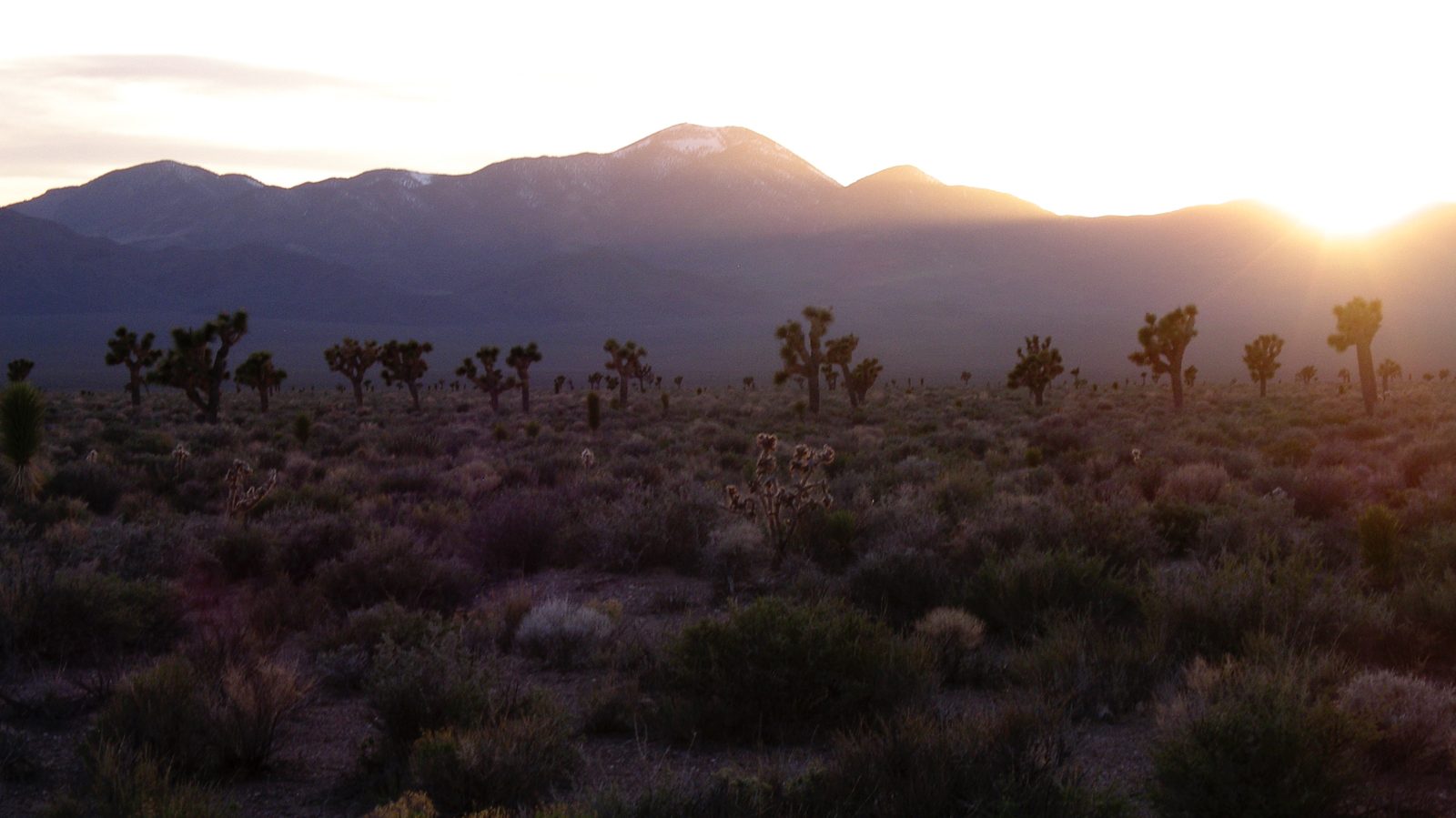Let’s stretch!

Can we go even higher? (Photo and stunt-man: Chris Smith)
We’re unbelievably gratified by the support for our crowdfunding campaign — we’ve won the Experiment.com challenge to recruit the most backers for a project at a liberal arts college, and the bonus from that blew us past our funding goal. But we’ve still got a few days in the campaign, and assembling a genome is a big project. If we had a little more money, there’s more cool work we could do.
That’s where “stretch goals” come in — Experiment allows projects that meet their goals ahead of schedule to propose additional research, and set a new funding goal to support it. We’ve currently raised $10,523 — with about $3,000 more, we’d be able to go beyond assembling a Joshua tree genome sequence, taking the first steps to understand that sequence. We’d do that by building a gene expression atlas.
An assembled genome sequence is really just a long string of DNA nucleotides. What that code actually means — the proteins it codes for, their responses to different environments — is not simple to understand. We can make some headway in understanding a new Joshua tree genome sequence by using what we know about the general structure of protein-coding genes, and comparing genes found that way to other sequenced plant genomes about which more is known, like maize or Arabidopsis thaliana. But that will only get us so far. To really decode the Joshua tree genome, we need to understand what genes are expressed, or turned on, to form different parts of the plant, or to respond to different environmental conditions.
Every cell in a Joshua tree contains the tree’s complete genomic code, but not every gene in that code is expressed in every cell — genes that are important in a leaf cell are not necessarily the same ones that are important in a flower cell, or a root cell. We can take samples of different types of Joshua tree tissue like leaves, flowers, and roots, and specifically sequence the regions of the genome that are active within the cells in those different samples. Doing this will help us identify what parts of the genome actually are protein-coding genes, but it will also tell us something about those genes’ functions — a gene that is strongly expressed in a leaf, but not in flowers or root tissue, is probably important for the specific functions of leaves. Similarly, sequencing expressed genes in leaves from trees experiencing drought stress and trees that aren’t stressed can identify genes that are important for coping with that stress.
So that’s our stretch goal: funding to do the additional sequencing we’d need to target those expressed genes in an array of tissues and maybe more than one environment, too. In total, it’ll bring our project budget to $13,582 — but we’ve already raised enough that all we still need is $3,059. We’ve got five days left in the campaign. Can we do it? If you haven’t pledged your support yet, now’s the time! And if you have, keep spreading the word on Twitter and Facebook.

You must be logged in to post a comment.